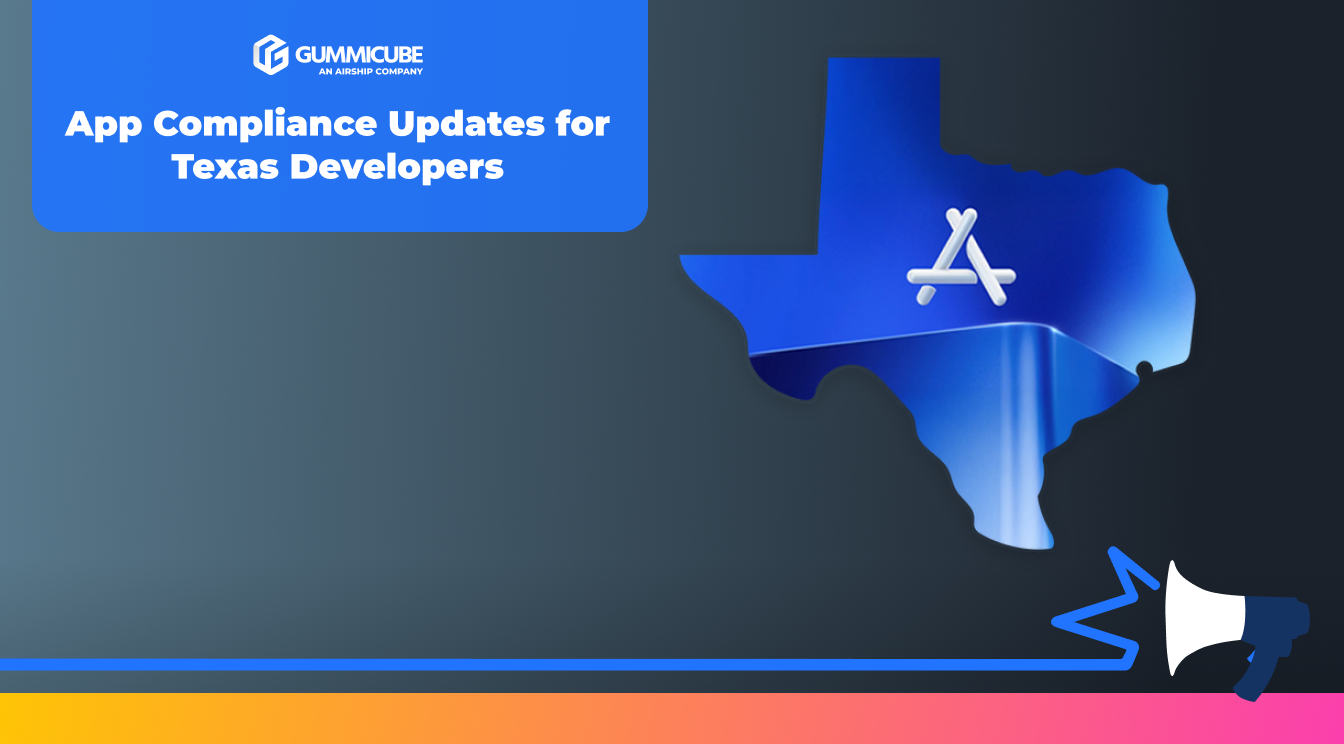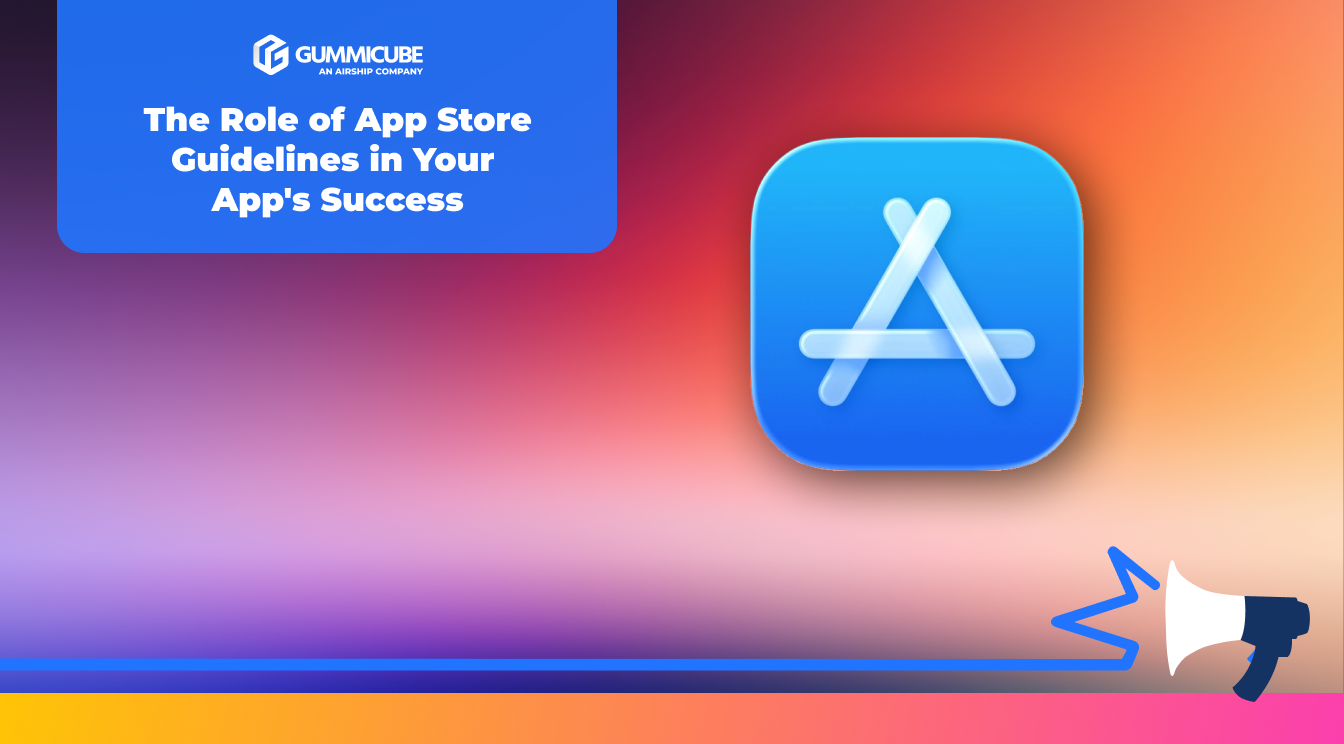
App Compliance Updates for Texas Developers
Posted on November 14th, 2025
The new guidelines for Texas App Store developers underscore the value of clear audience targeting, consent management, and age-appropriate user experiences.

Apple’s announcement of a redesigned App Store experience on the web represents a significant evolution in how users discover apps outside of native iOS surfaces. First highlighted by 9to5Mac in early November, this update introduces a fully refreshed interface that mirrors the design of the Today tab and product pages users recognize from their iPhones. The change is visually striking, but the implications extend far beyond layout updates. For App Store Optimization (ASO) professionals and developers focused on long-term discovery, this update signals a new chapter where traditional App Store browsing behaviors may intersect with emerging LLM-driven search pathways.
Apple’s new web interface expands the surface area for discovery. With richer media presentation, deeper editorial content, and a complete replication of the Today tab, the web-based experience now becomes a more active influence on user expectations across devices. Historically, the App Store web version served primarily as a static reference page. With this redesign, Apple is positioning the web as a meaningful extension of the App Store ecosystem. When browsing experiences shift, user behavior often shifts with them. Developers who maintain disciplined optimization practices will be better prepared to adapt.
One of the most notable aspects of this redesign is the opportunity for Large Language Models (LLMs) to crawl App Store descriptions through the web version of product pages. Although we are still early in understanding exactly how this will shape discovery, the update introduces the possibility of broader visibility when users ask LLMs complex or multi-step questions. Because LLMs continue to rely on keyword relevance, clear and structured descriptions may support emerging visibility opportunities.
This blog examines the changes made by Apple, the potential implications for high-level app discovery, and how developers can prepare through proven ASO best practices while monitoring future shifts.
Apple’s redesigned web interface now mirrors the full Today tab experience users see on the device. This includes editorial stories, featured events, seasonal collections, and top chart callouts. Instead of serving as a limited snapshot, the web now delivers a more immersive, curated, and dynamic discovery environment.
For developers, this expanded visibility means that users can form impressions about apps earlier and through more varied channels. A user might encounter editorial content on the web, explore a featured story on a desktop, or preview an app while browsing outside the App Store application. These interactions do not directly alter ranking algorithms, but they can influence user interest and downstream search patterns.
As the web and native App Store experiences become more unified, developers benefit from maintaining clear, cohesive messaging across all surfaces. Seasonal relevance, editorial alignment, and strong creative execution remain essential components of effective ASO, particularly as Apple increases the visibility of its own curated content outside the native app environment.
The redesign introduces a media-forward product page layout to the web, closely mirroring the experience users have on iOS. Screenshots, preview videos, icons, awards, and category labels now appear in a clean, structured format that improves scannability and visual impact.
This increased emphasis on creative assets reinforces a long-standing ASO principle. High-quality screenshots and preview videos have a significant impact on user understanding and conversion intent. With a richer layout now available on the web, creative assets play an expanded role in shaping user perception before they ever visit the App Store on a device.
The consistency between web and native product pages also underscores the importance of strategic creative testing. A and B testing screenshot sequences, messaging hierarchy, and visual narratives remain essential for conversion optimization. As more users encounter these assets across multiple surfaces, creative clarity will continue to have a significant influence on user behavior.
Although the industry is still evaluating long-term outcomes, the fact that LLMs can now crawl App Store descriptions through the web version represents a significant shift in how apps are referenced in AI-driven search environments. This development introduces new possibilities for visibility, particularly when users ask LLMs detailed or context-driven questions that relate to the features your app provides.
Because keyword relevance continues to play a central role in LLM retrieval, several high-level considerations are emerging:
It is essential to reiterate that the exact implications of ASO are still being developed. However, the potential expansion of visibility pathways beyond the App Store itself highlights the importance of maintaining strong metadata, clear descriptions, and structured supporting content.
Since Apple’s ranking mechanics have not changed, keyword strategy remains foundational to ASO. Developers should continue to identify and prioritize keywords that align with user intent, category expectations, and competitive patterns.
As LLM interactions increase, developers may benefit from incorporating additional long-form phrasing that reflects how users ask questions conversationally. These are not replacements for core keywords, but potential expansions that can help capture emerging query patterns over time.
Ongoing keyword research is essential. User behavior shifts frequently, especially as AI-driven tools shape how individuals search for information. Developers who update their keyword strategy only during major release cycles may miss evolving visibility opportunities.
With descriptions now accessible to both users and LLMs through the web version, clarity, hierarchy, and organization matter more than ever. Developers should ensure that their descriptions present information in a readable, structured format that clearly highlights primary value propositions and core features.
Supporting content on external webpages should also reflect this structured approach. Landing pages designed for educational, task-based, or instructional purposes can help reinforce key themes that align with both user queries and model interpretation patterns.
While this does not influence Apple’s ranking algorithm, it may influence how apps are referenced in AI-driven contexts outside the App Store. A consistent, structured content strategy positions developers for broader visibility as discovery surfaces evolve.
Despite emerging possibilities, the proven foundations of App Store Optimization remain the most reliable path to sustained performance. Developers should continue to focus on:
Anytime Apple updates a discovery surface, whether visually or structurally, developers benefit from reviewing performance, assessing changes, and ensuring their app remains aligned with user expectations.
Apple’s redesigned App Store web interface reflects a broader trend toward unified, multi-surface discovery. While the visual refresh enhances browsing and creates a more engaging product page experience, the possibility of expanded LLM-driven visibility introduces a new dimension for discovery that developers should monitor closely.
Although the long-term implications are still developing, this update underscores the importance of strong ASO fundamentals. Developers who maintain structured content, high-quality creative assets, and precise metadata will be better prepared to adapt as discovery pathways evolve across both native App Store surfaces and emerging AI-driven environments.
If you are evaluating how these updates may influence your app’s visibility or want guidance on ASO strategy, metadata refinement, or creative testing, our team is here to help. Reach out to explore how thoughtful optimization and ASO services can create more opportunities for your app to thrive across every discovery surface.

The new guidelines for Texas App Store developers underscore the value of clear audience targeting, consent management, and age-appropriate user experiences.

A well-optimized app must also align with app review guidelines within the app stores to remain compliant, visible, and successful. Read more below.

Amazon's Luna update reflects how major entertainment brands are responding to evolving user behavior. Developers can use this as inspiration for their ASO.